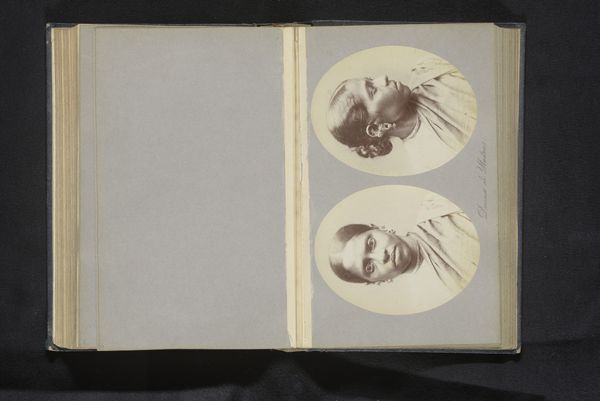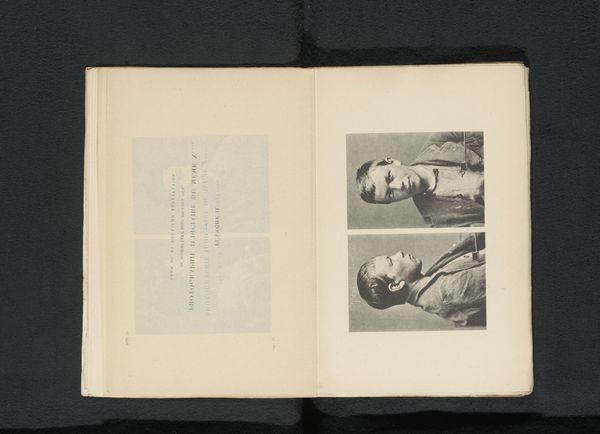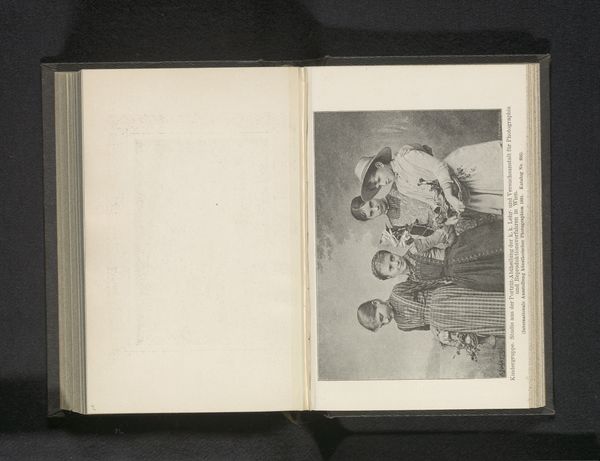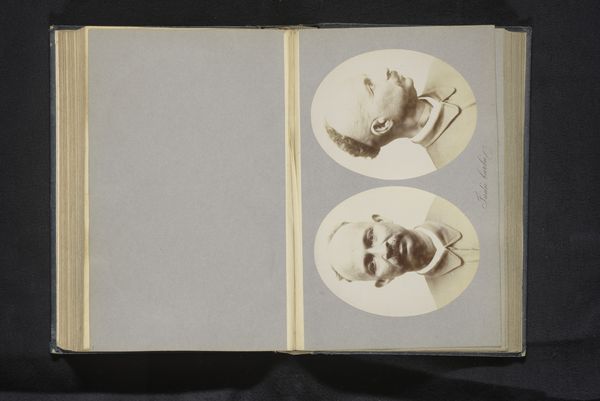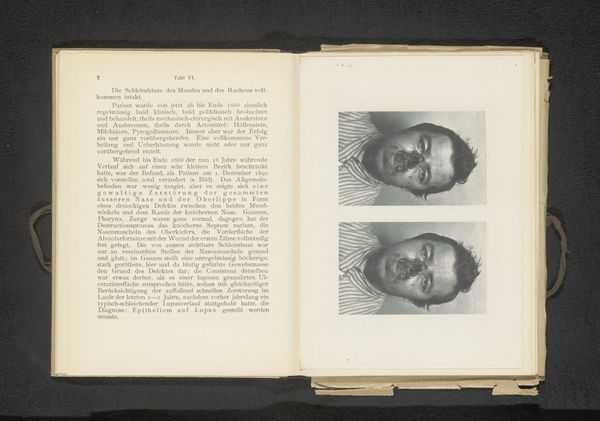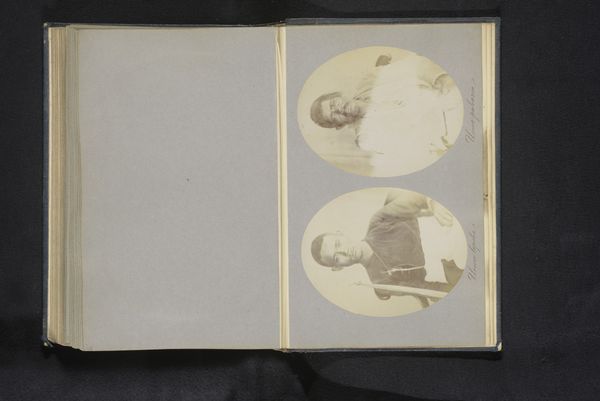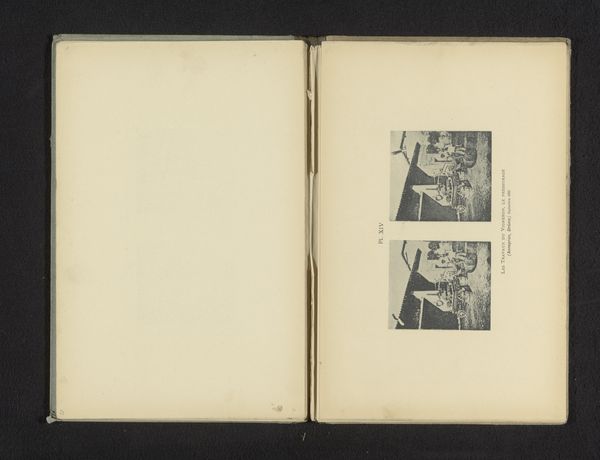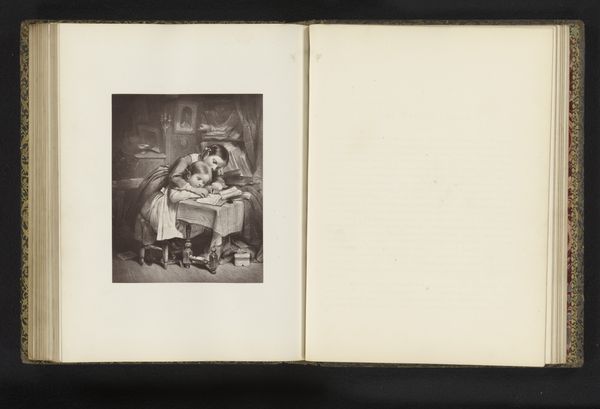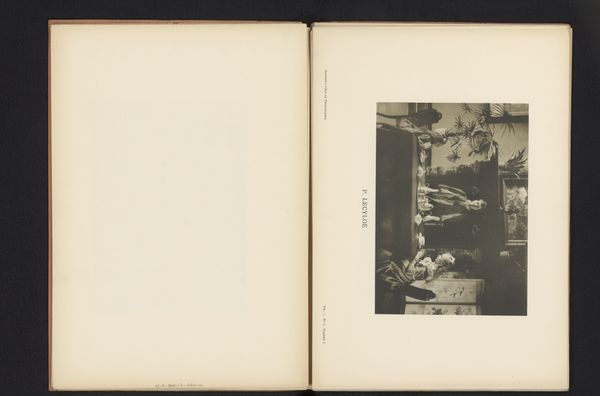
Twee gerechtelijke portretten van een onbekende man, met baard en zonder baard before 1890
0:00
0:00
print, paper, photography, albumen-print
#
portrait
#
aged paper
#
paper non-digital material
# print
#
paper
#
photography
#
paper medium
#
albumen-print
Dimensions: height 127 mm, width 188 mm
Copyright: Rijks Museum: Open Domain
Editor: Here we have "Twee gerechtelijke portretten van een onbekende man, met baard en zonder baard," or Two Judicial Portraits of an Unknown Man, With and Without a Beard, dating from before 1890, from the Service d'identification de la préfecture de Police de Paris. The media is listed as a print on paper using an albumen print from photography. The composition has a direct, almost clinical feel to it. What strikes you about this piece? Curator: What interests me most is how the mechanics of photographic reproduction and its bureaucratic applications are intertwined here. The albumen print process itself is fascinating – think about the labor involved in preparing the paper, coating it with egg whites, and then using light to imprint an image meant for documentation. We often separate the 'art' photograph from the mugshot, but this object complicates that divide. Editor: So you are looking at it more as a document than a fine art print? Curator: Precisely. I am thinking about the system of identification that created it, the materials used to produce it, and the consumption of the final product. How might the paper itself, as a commodity, influence the meaning of this judicial portrait? How many of these were produced and distributed, feeding into a system of surveillance and control? The ‘art’ lies not in aesthetic beauty, but in the very act of capturing, classifying, and archiving an individual. Editor: That is an intriguing viewpoint. So the real meaning emerges when you think about where the piece originates and what its function was? Curator: Absolutely! Consider, also, how photography changed the nature of portraiture. The speed and ease of photographic reproduction democratized image-making. But, here, this democratizing impulse is placed in the service of a legal system that clearly benefits some more than others. Editor: I never would have looked at it that way, I was caught up in the stern gaze! Now, thinking about its material and purpose is truly compelling. Thank you. Curator: It has been my pleasure to share a different approach, thinking more critically about material production.
Comments
No comments
Be the first to comment and join the conversation on the ultimate creative platform.
